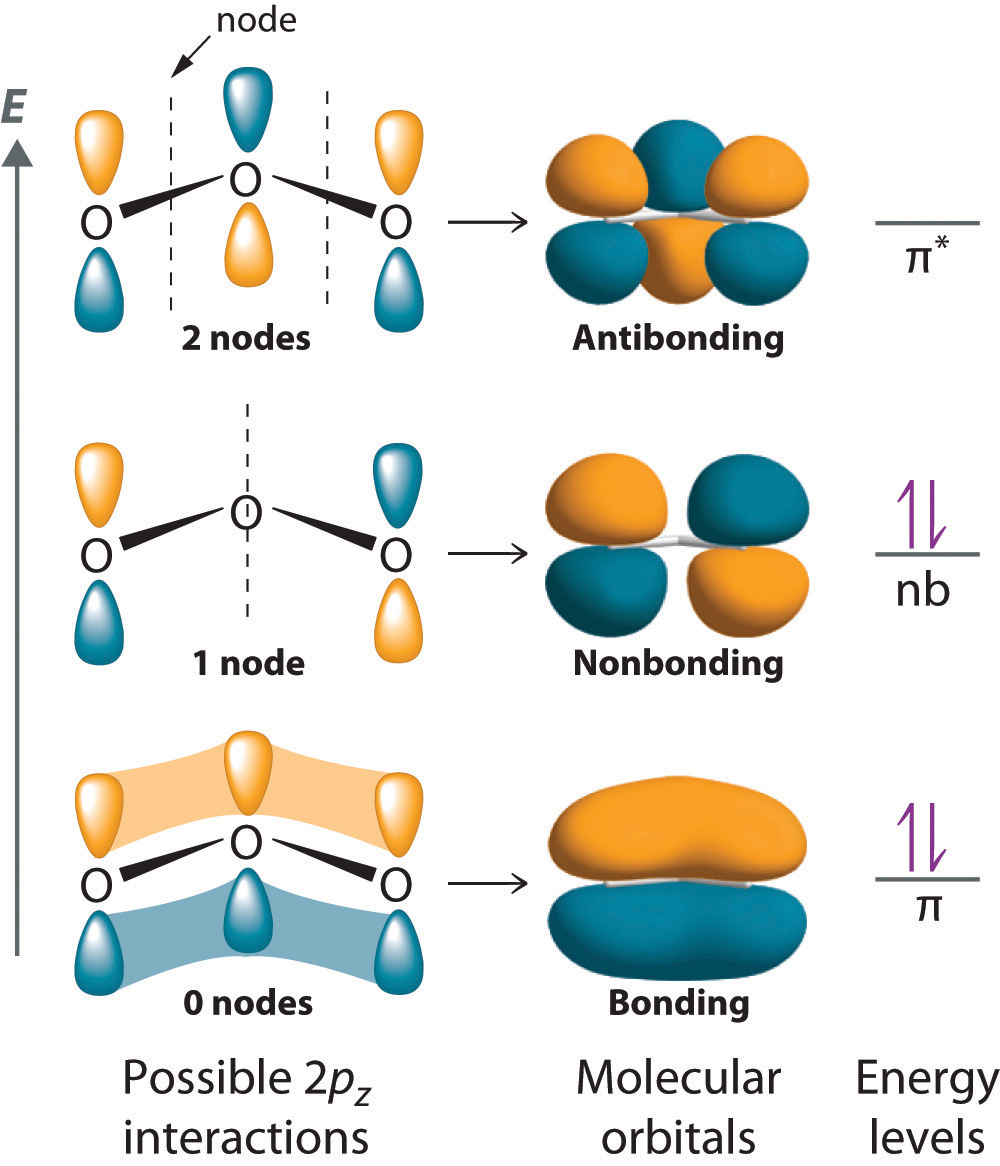

According to previous reports on CeCo(In 0.9985Hg 0.0015) 5, Hg impurities, which can only substitute for In atoms, partially occupy the top sites of the original square lattice in a CeIn plane. On the other hand, these two layers can be unambiguously distinguished once we identify the missing atoms in the CeIn layer. However, the viability of such correspondence has been questioned ( 21) in any case, we could not draw any conclusion within our measurements (fig. The two layers were claimed to be distinguishable from the shape of the tunneling spectrum ( 18).

Although the CeIn layer has two atom species, identical atomic arrays in the CeIn and Co layers have been observed in previous studies ( 18– 20). The visible atomically resolved square lattice on the terraces has an interatomic distance of ~0.5 nm equal to the lattice constant of the CeIn or Co plane (see also Fig. 1C is smooth except for occasional line defects, indicated by red arrows, and surface standing waves around the steps. 1B has a relatively large number of defects and adsorbates. The narrow terraces on both surfaces are separated by a step of ~0.76 nm, which equals the lattice constant along the c axis, indicating the same layers covering the whole surface area. Along the c axis, three different layers-Co, In, and CeIn-stack in the order of Co-In-CeIn-In-Co ( 17).įigure 1 (B and C) shows overview images of two typical (001) surfaces of CeCoIn 5 cleaved in situ. The compound has a tetragonal HoCoGa 5 structure with lattice constants a = 0.461 nm and c = 0.756 nm, as shown in Fig. This compound is naturally born at the quantum critical point having the unconventional d-wave superconducting phase below T C = 2.3 K ( 16). Here, we exploit the orbital sensitivity of STM to unveil a surface-assisted cobalt d-OO in the heavy fermion compound CeCoIn 5. A well-controlled calibration of TSD allows us to image individual orbital states ( 12– 14). When the tip is close, it becomes sensitive to inner core orbitals like the d orbitals, which fall off at short distances from the surface. When the tip is away from the surface (<1 nm), it probes the electronic states that extend further from the surface, that is, valence states composed of the s and p orbitals of constituent atoms. According to the Tersoff-Hamann theory ( 15), an STM image corresponds to a contour mapping of local density of states (DOS) at the center of the tip apex curvature. Recently, several groups demonstrated the orbital selectivity of a scanning tunneling microscope (STM) within a fine-tuned tip-sample distance (TSD) ( 12– 14). To unravel electronic, spin, and orbital correlations in these phenomena, it is crucial to have a direct, real-space, access to orbital texture, but so far, orbital-sensitive probes have shown rather limited functionality. The newfangled orbital-mediated quantum phenomena have proved over the past decade to be far-reaching and more complex than before ( 1– 3), exhibiting exotic orbital orders (OOs) ( 4, 5), nontrivial orbital fluctuation–mediated superconductivity ( 6– 9), and orbital Kondo effect ( 10, 11).


 0 kommentar(er)
0 kommentar(er)
